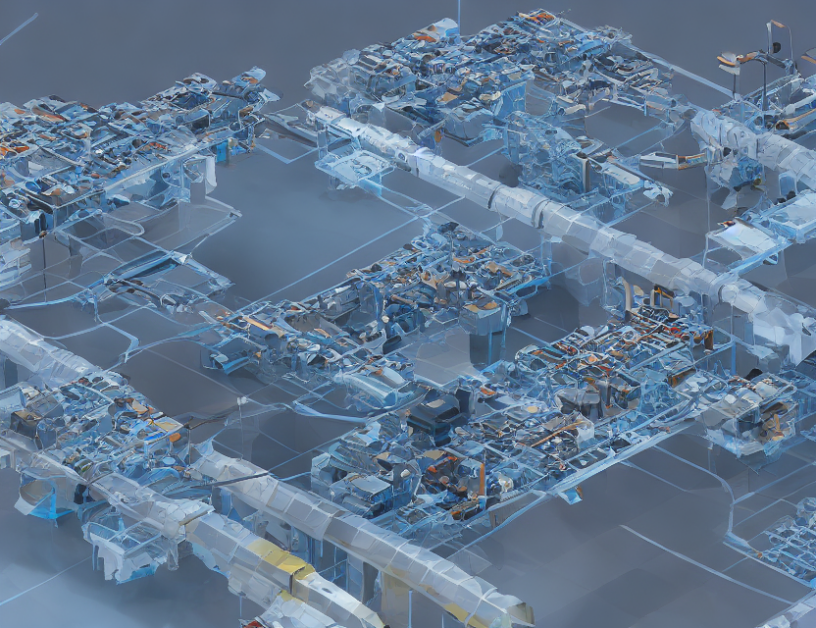Machine translation is a process that uses computers to translate text from one language to another. With advancements in artificial intelligence, machine translation has become more efficient and accurate, making it a valuable tool for professionals in various industries. However, there are challenges associated with machine translation, particularly when translating scientific texts. This article will explore these challenges and discuss potential solutions.
Challenges in Machine Translation
Machine translation faces several challenges, including differences in grammatical structures between languages, the complexity of translation, and the need for high-quality training data. These challenges can lead to inaccuracies and misunderstandings, particularly when translating technical or scientific texts. For instance, idiomatic expressions, jargon, and complex terminology can be difficult to translate accurately, resulting in a loss of meaning or context.
Approaches to Address Challenges
Several approaches have been proposed to address the challenges in machine translation. These include:
- Data-driven approaches: This involves using large amounts of high-quality training data to train machine learning models, enabling them to learn patterns and relationships between languages.
- Hybrid approaches: Combining rule-based and statistical machine translation can improve the accuracy and consistency of translations. Rule-based systems rely on handcrafted rules to generate translations, while statistical systems use statistical models to predict translations.
- Neural machine translation: This approach uses deep learning techniques to train neural networks that can learn to translate text accurately and efficiently. Neural machine translation has shown promising results in improving the quality of machine-translated texts.
Future Directions
The field of machine translation is rapidly evolving, with new approaches and technologies emerging continuously. Some future directions for machine translation include:
- Multimodal translation: This involves translating text, images, and videos simultaneously, enabling more natural and accurate communication across languages.
- Transfer learning: Using pre-trained models to improve the efficiency and accuracy of machine translation is an area of ongoing research and development.
- Explainable machine translation: Developing methods that can explain and interpret machine translation decisions is crucial for building trust in machine translation systems. This will enable users to understand why a particular translation was made, improving their confidence in the system.
Conclusion
Machine translation has come a long way since its inception, with advancements in artificial intelligence enabling more accurate and efficient translations. However, there are still challenges associated with machine translation, particularly when translating scientific texts. Addressing these challenges through various approaches can improve the quality of machine-translated texts. As the field continues to evolve, we can expect even more sophisticated and accurate machine translation systems in the future.



